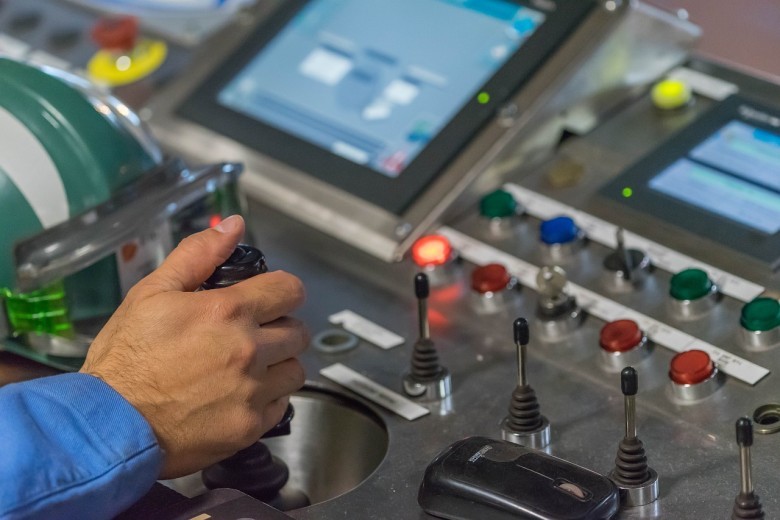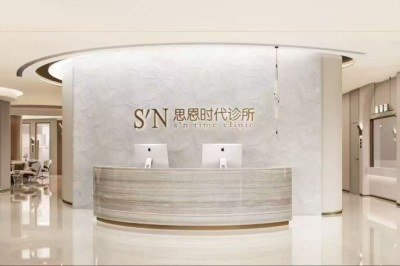views

In today's fast-paced business landscape, optimizing production methods is crucial for achieving optimal output. By streamlining processes and minimizing inefficiencies, organizations can enhance productivity, reduce costs, and ultimately gain a competitive edge. This article explores effective strategies to streamline production methods and maximize output without compromising quality or employee well-being.
Embrace Lean Principles
Implementing lean principles can significantly improve production efficiency. By identifying and eliminating waste, organizations can streamline their processes. This involves reducing unnecessary steps, minimizing defects, optimizing inventory management, and empowering employees to contribute to continuous improvement.
Moreover, embracing lean principles fosters a culture of continuous improvement and encourages cross-functional collaboration. It empowers employees to identify bottlenecks, suggest process enhancements, and implement innovative solutions, resulting in increased productivity and customer satisfaction. Ultimately, organizations that wholeheartedly embrace lean principles stand to gain a competitive edge in today's dynamic business landscape.

Use Technology and Automation
Incorporating advanced technologies and automation systems can revolutionize production methods. Automated machinery and robotics can perform repetitive tasks more efficiently and accurately, freeing up human resources for more complex and creative work. Also, adopting digital platforms and software solutions can streamline communication, data management, and workflow, facilitating seamless collaboration across different departments and enhancing overall productivity.
Furthermore, the use of technology and automation can improve safety in the workplace by reducing the risk of human error and minimizing exposure to hazardous tasks. Real-time data monitoring and analytics enable organizations to make data-driven decisions, optimize resource allocation, and identify areas for further optimization, leading to enhanced operational efficiency and cost savings..
Implement Agile Methodologies
Agile methodologies, initially popularized in software development, can also be applied to production processes. Agile emphasizes flexibility, adaptability, and iterative improvements. If projects are broken into smaller, manageable tasks and cross-functional collaboration is encouraged, organizations can respond swiftly to changing demands and optimize resource allocation. Agile methodologies foster a culture of continuous improvement, enabling teams to refine production methods over time for better efficiency and customer satisfaction.

Optimize Supply Chain Management
Efficient supply chain management is essential for streamlining production methods. By establishing strong relationships with suppliers, organizations can ensure a steady flow of high-quality materials and reduce delays caused by shortages or logistics issues. Implementing just-in-time inventory practices, conducting regular performance assessments of suppliers, and utilizing data analytics can help optimize supply chain processes, minimizing downtime and maximizing production efficiency.
This enables organizations to respond swiftly to market demands and fluctuations while facilitating agile production planning and reducing lead times. Leveraging technology, such as supply chain management software and automated tracking systems, enhances visibility across the supply chain, enabling proactive identification of potential bottlenecks and allowing for timely adjustments to meet customer expectations.
Adhere to Manufacturing Technical Standards
Compliance with manufacturing technical standards is crucial for streamlining production methods. These standards provide guidelines and best practices for ensuring product quality, safety, and regulatory compliance. Organizations can establish consistent processes, reduce errors, and minimize the risk of defects or product recalls if they adhere to these standards.
Implementing robust quality management systems and regularly reviewing and updating manufacturing processes based on industry standards and customer feedback can further enhance production efficiency and customer satisfaction. Also, this ensures that products meet or exceed expectations, leading to improved operational efficiency and customer trust.
Foster a Culture of Employee Empowerment
Employees are the driving force behind any streamlined production process. Fostering a culture of empowerment, trust, and continuous learning can enhance employee engagement and productivity. Providing regular training and upskilling opportunities allows employees to adapt to new technologies and techniques, leading to more efficient production methods. Moreover, involving employees in decision-making processes and recognizing their contributions can boost morale and create a sense of ownership, leading to increased commitment and dedication.
Continuous Monitoring and Analysis
Regularly monitoring production processes and analyzing key performance indicators (KPIs) is essential for identifying bottlenecks and areas for improvement. By tracking metrics such as production cycle time, equipment downtime, and defect rates, organizations can pinpoint inefficiencies and implement targeted solutions. Real-time monitoring using data analytics and predictive maintenance can help detect potential issues before they disrupt production, allowing for proactive interventions and uninterrupted workflow.
Conclusion
Streamlining production methods is a continuous journey that requires a holistic approach and a commitment to ongoing improvement. By embracing lean principles, leveraging technology and automation, implementing agile methodologies, optimizing supply chain management, fostering employee empowerment, and continuously monitoring and analyzing performance, organizations can achieve optimal output while maintaining quality and employee well-being. Embracing these strategies will position businesses for success in an ever-evolving, competitive market.


























Comments
0 comment